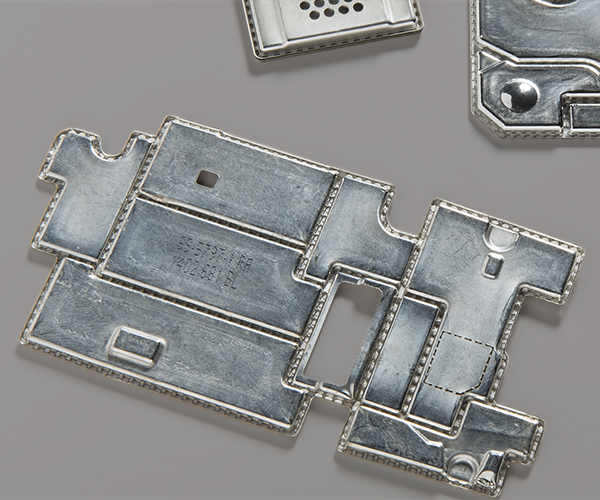Electromagnetic interference shielding or EMI shielding can be referred to as the absorption or reflection of electromagnetic radiations by a particular material. This material then acts as a shield and do not let radiation pass through it. EMI shielding is required for electronics themselves, as well as other radiation sources in the environment because high-frequency electromagnetic radiations are likely to interfere with them and affect the way they function. In order to protect electronic products from any damage due to the interference, an EMI shielding material is used right inside the circuit.
Conventional materials used for electromagnetic shielding include sheet metal, metal foam, metal screen, and metallic ink consisting of nickel or copper. But of late, a few new materials have emerged that promise to shield electromagnetic interference effectively. Thermoplastic is one of them. EMI shielding thermoplastic compounds are reliable and cost-effective. They offer the flexibility of designing and processing. Moreover, they are significantly beneficial over metallic shielding materials. Here are the reasons why designers often prefer thermoplastics over metallic EMI shielding components:
- Reduction in Weight: Thermoplastic compounds are significantly lighter than that of metal compounds, so these are perfect for the purpose of EMI shielding in portable systems.
- Freedom of Designing: While using metals for manufacturing enclosures, manufacturers need to etch out the shape beforehand, which is a long process. On the other hand, thermoplastic materials allow manufacturers to quickly produce enclosures of complex shapes through the process of injection-molding.
- Cost Effective: Since thermoplastic enclosures are light in weight and can be manufactured at a faster pace than that of metal enclosures, they are less expensive. They reduce assembly costs and are suitable for higher volumes.
- Better Physical Properties: Thermoplastic is durable, resistant to corrosion and has a high strength to weight ratio. These physical properties make it a better EMI shielding material over metal.
Making Thermoplastics EMI-Proof
Thermoplastics are electrically insulating in nature, and therefore, offer very negligible EMI protection in their original forms. To get over this problem and make thermoplastic compounds suitable for EMI shielding, there are certain approaches that manufacturers need to adopt.
- Filling Thermoplastic Compounds with Conductive Fibers: Thermoplastic compounds are transformed into better EMI shielding materials by introducing stainless steel or nickel-coated graphite into them. These conductive fibers have a high aspect ratio and when filled with the thermoplastic resin, create a conductive network within it. Its performance is further enhanced by using long-fiber manufacturing techniques.
- Covering Thermoplastic Compounds with Conductive Coatings: Thermoplastic compounds can be coated with conductive particles using three different technologies:
- Conductive Paints: This is the most common process of coating thermoplastic compounds with a conductive coating. Conductive paints contain copper, nickel or silver particles dispersed in vinyl, acrylic, urethane or epoxy binder. Highly conductive epoxy paints contain polymer material that acts as metal and provides EMI shielding effects for a wide range of temperature. The paint is sprayed on thermoplastic compounds consistently and repeatedly with the help of an automated spraying system to induce shielding properties.
- Electroless Coating: It is a long and complicated process that deposits a thin layer or pure metal coating on the thermoplastic. The coating contains heavily-filled conductive particles that convert the plastic into an effective EMI shielding material.
- Vacuum Metallization: In this process, layers of aluminum are deposited over the plastic components in multiple stages in a vacuum chamber to make it EMI-proof.
EMI shielding is fetching a lot of attention in the electronics and communication industries as devices have become abundant, dense, and sensitive. Thermoplastic has established itself as an effective Electromagnetic Interference shielding material because plastic compounds can be readily processed to increase their shielding efficiency, that too in a cost-effective manner. Perhaps it won’t be wrong to say that thermoplastic is going to shape the future of EMI shielding technologies.



























